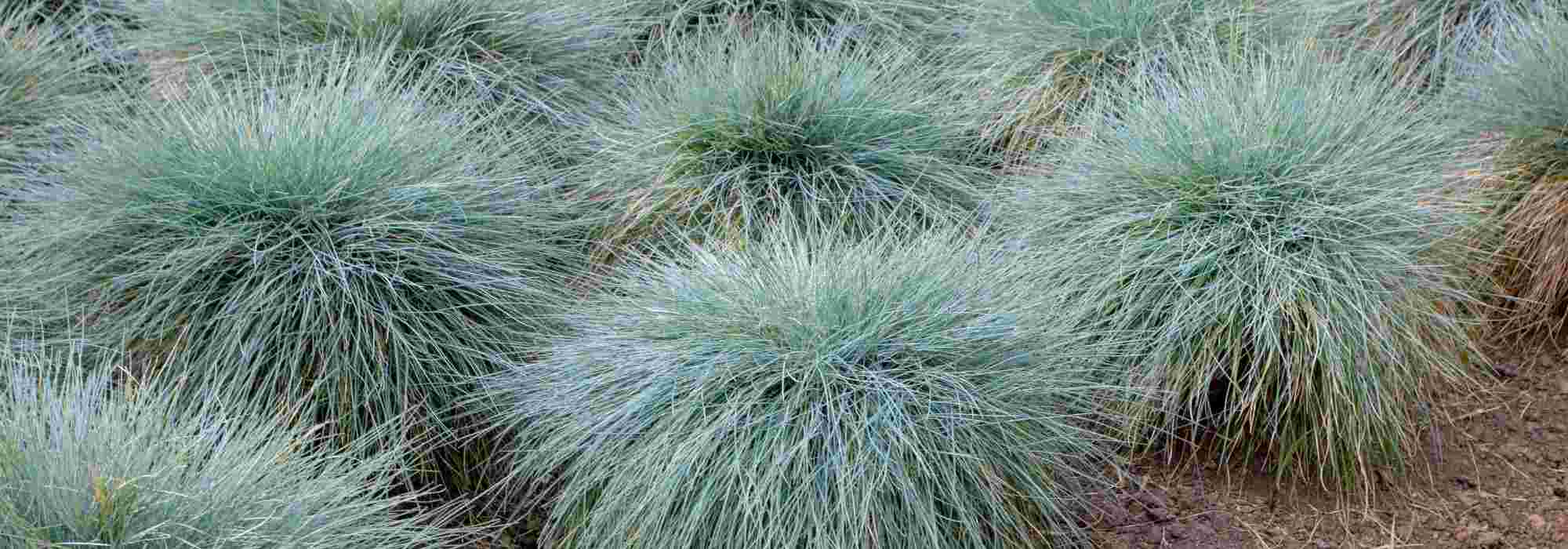
7 blue grasses
The most beautiful ornamental grasses with blue foliage
Contents
Among the ornamental grasses, already widely favoured by many gardeners, there are those with blue or glaucous foliage, making them even more interesting for the diversity of hues they offer. This blue, sometimes with metallic reflections, adds depth and dimension to borders. Their graphic form, beauty, and poetry make them stars in many designs, whether romantic or modern. Within the blue-tinged grasses, there are various types, some forming very low cushions, ideal for edging or as groundcover. Others, in contrast, display an upright and graceful silhouette, enhanced by the low rays of the sun, dew, or frost, as well as by the wind, whose slightest breath seems to bring them to life. Grasses are also low-maintenance plants, easy to grow and care for.
In this article, I therefore present a very personal selection of 7 of the most beautiful ornamental grasses with blue foliage, to be planted as soon as possible in your garden or grown in pots.
Blue Fescue (Festuca glauca ‘Intense Blue’)
Among the various blue-leaved fescues, Festuca glauca ‘Intense Blue’ is perhaps the one with the most pronounced hues. This groundcover grass forms a dome of fine foliage with a slightly bristly habit, displaying a beautiful bluish-grey with metallic reflections. Evergreen, it is topped in spring with loose silver spikes, adding a touch of lightness to this tuft measuring 30 cm in all directions. Perfect for the edge of a flowerbed or path, it thrives equally well in rockeries, on slopes, or even in pots; this fescue is highly adaptable. It even tolerates calcareous, dry, and stony soils and can be grown in full sun or partial shade. Hardy down to -20 °C, it is a blue grass that can be welcomed in any garden.
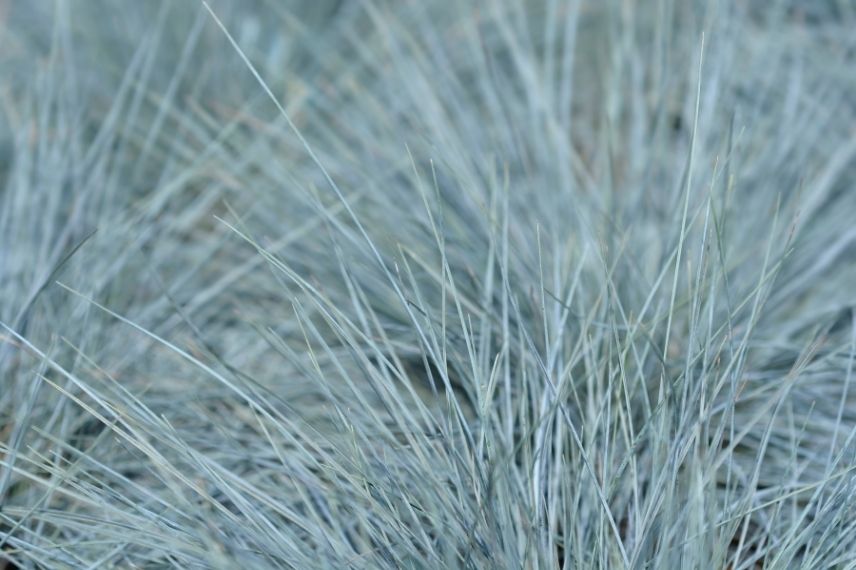
Festuca glauca ‘Intense Blue’
Read also
Grasses: which variety to choose?The upright panic grass with blue foliage (Panicum virgatum ‘Prairie Sky’)
The Panicum virgatum ‘Prairie Sky’ is the most glaucous Panic of the genus. This grass forms a clump of deciduous leaves, with a very upright and erect habit, whose stiffness is softened in summer by a vapour-like spike, formed by inflorescences in pink to purple tones. Reaching 1.5 m in height with a spread of 70 cm, its glaucous foliage turns purple in autumn, making it very interesting also in the late season. Preferring bright and sunny locations, the Panic is highly adaptable in terms of soil, provided it is well-drained in winter. Drought and cold resistant, it is a grass perfectly suited for seaside gardens, as it withstands salt spray without flinching.
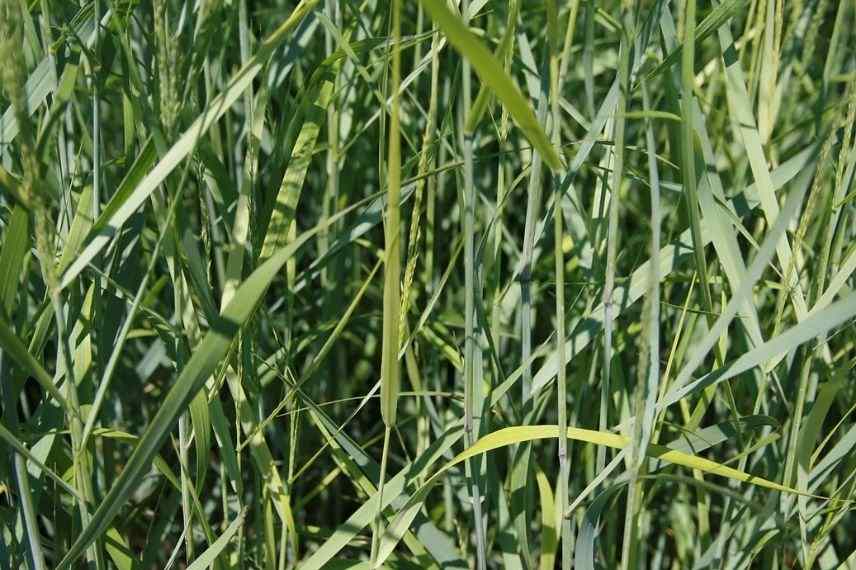
Panicum virgatum ‘Prairie Sky’ (photo David J. Stang – Wikimedia)
Discover other Ornamental grasses
View all →Available in 0 sizes
Available in 1 sizes
Available in 0 sizes
Available in 1 sizes
Available in 0 sizes
Available in 1 sizes
Available in 1 sizes
Available in 2 sizes
Available in 1 sizes
Available in 1 sizes
Blue Oat (Helictotrichon sempervirens)
The Helictotrichon sempervirens, commonly known as Blue Oat (due to its spikes resembling those of the famous cereal), is a grass with narrow and strongly blue-tinted foliage. Evergreen in mild climates, it forms a clump about 50 cm by 40 cm, initially upright and then spreading. In summer, long stems develop widely above the foliage, bearing beige to bronze spikes that can reach over 1 m in height, while still allowing visibility. Hardy down to -20 °C without issues, Blue Oat requires a sunny position and perfectly drained, even stony, soil. It naturally plays a key role in dry and mineral gardens, rockeries, or even slopes.

Helictotrichon sempervirens (photo Matt Lavin)
Glaucous sedge (Carex flacca ‘Blue Zinger’)
The Carex flacca ‘Blue Zinger’ is a grass perfectly suited for creating blue carpets in the garden. This glaucous sedge indeed forms a groundcover up to 40 cm high. If a clump initially measures 50 cm wide, it can eventually form colonies, thanks to its underground rootstocks that allow it to spread. Its foliage, fine and flattened, is evergreen. With a soft texture, it is tinted blue and topped in summer by brown spikes. Easy to grow and fast-growing, this Carex prefers soils that remain cool, but once established, it copes well with drought, which can even enhance its colours. It is also quite tolerant of lime and salt, and is very hardy (-20 to -25 °C). All these qualities make it suitable for use in many regions and for various landscaping projects.

Carex flacca ‘Blue Zinger’
Agropyron (Elymus magellanicus)
The Elymus magellanicus should not be confused with the Leymus arenarius, which is taller and running. The Agropyron reaches a height of 60 cm and a width of 40 cm, forming a clump with a rather upright habit of evergreen foliage, fine and flattened. Its blue colour is sometimes considered the most intense among grasses. In summer, discreet spikes are borne on long, graceful stems. Hardy to -23 °C, the Elymus thrives best in cool, moist climates, in perfectly drained soil during winter. Rocky and sandy soils do not deter it, as long as it has access to cool soil. A lover of sunlight, it can also grow in partial shade, and it sometimes self-seeds spontaneously.
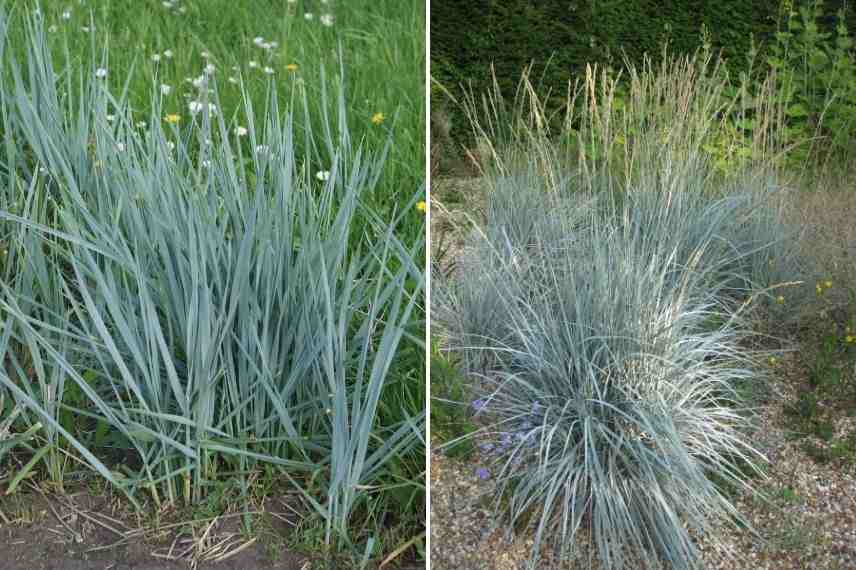
Elymus magellanicus
Indian Grass (Sorghastrum nutans ‘Sioux Blue’)
The Sorghastrum nutans ‘Sioux Blue’ is a highly decorative and ultra-hardy false sorghum. Its graceful vertical silhouette is formed by flexible foliage with changing hues. Blue with metallic reflections in season, it turns to amber yellow in autumn, before greying under the effect of winter cold. Its beautiful spikes, in the form of fine summer clusters, also evolve from brown to greyish through golden tones, reaching over 1 m in height. Narrow at around thirty centimetres, this Indian grass is low-suckering and very hardy (-30 °C). It is also highly adaptable to soil types, from the driest and most barren to the heaviest and wettest. Its only requirements are an open and sunny location, even in the presence of other plants, as competition is not an issue for it.
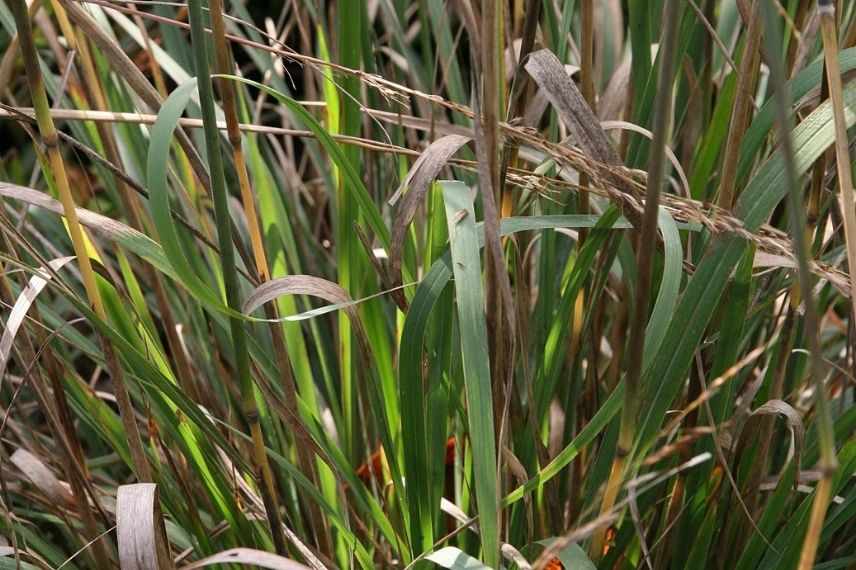
Sorghastrum nutans ‘Sioux Blue’ (photo David J. Stang)
Schizachyrium scoparium ‘Prairie Blue’
The grass Schizachyrium scoparium ‘Prairie Blue’ (formerly classified in the genus Andropogon) may be less well-known than other grasses. However, it has many advantages. Firstly, its habit remains well-erect and elegant. Secondly, its colours transition from a stunning silvery-blue, almost metallic, to rosy hues with orange highlights in autumn, before turning purple for much of the winter. The plant ultimately forms a clump of fine, elegant foliage about 80 cm tall and 50 cm wide, gradually widening at the base. Its flowering, with discreet, airy spikes, occurs towards the end of summer. Perfectly hardy (-25 °C) and highly drought-resistant, this deciduous blue-tinged grass should be placed in full sun, in any ordinary soil, even poor. Its only enemy is heavy, waterlogged, poorly drained soil.
- Subscribe!
- Contents
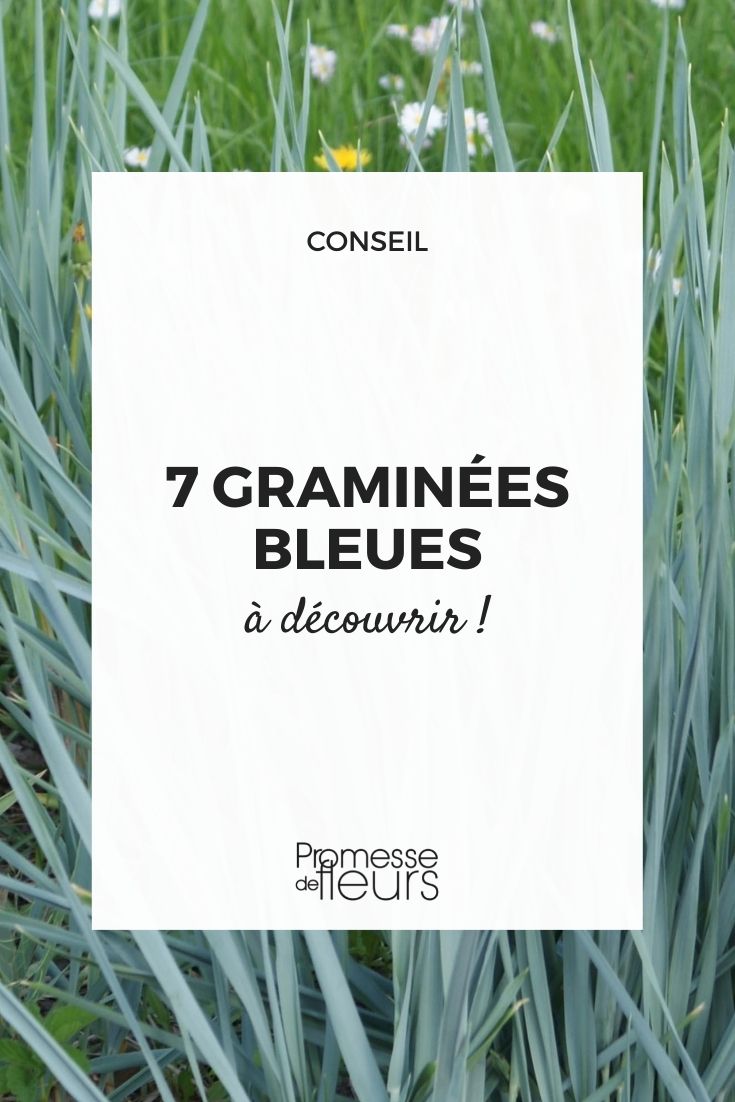
































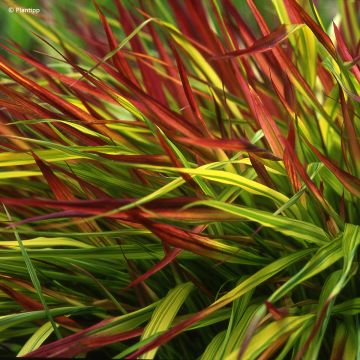
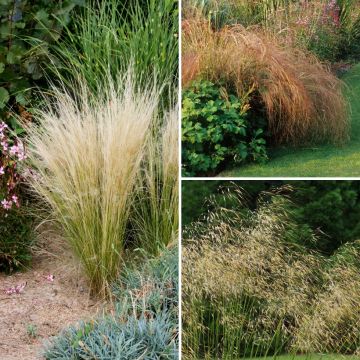
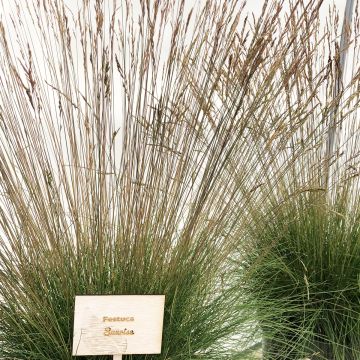

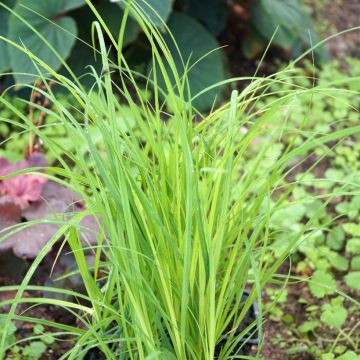


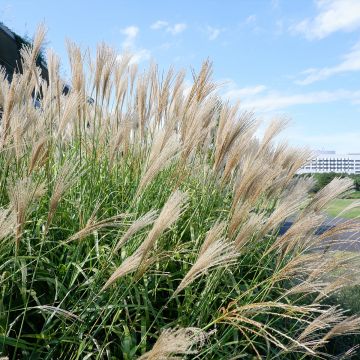
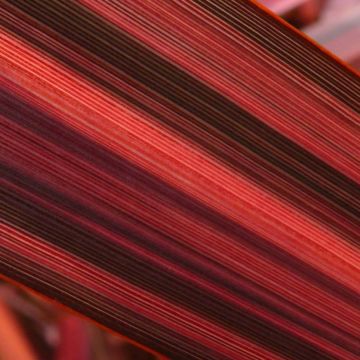
Comments